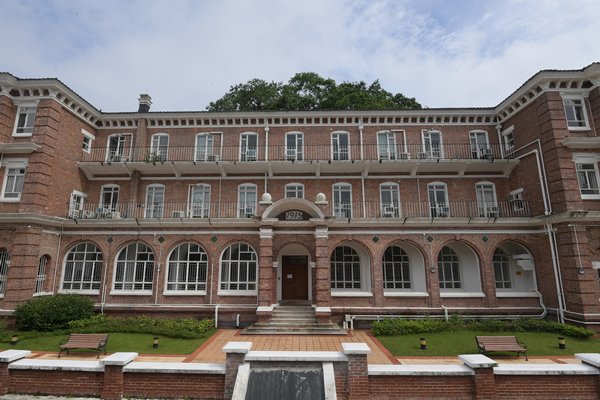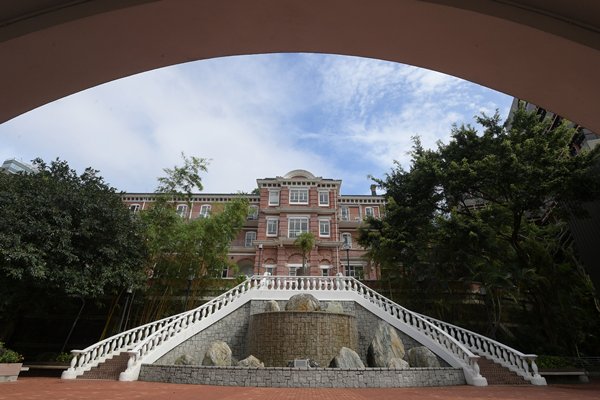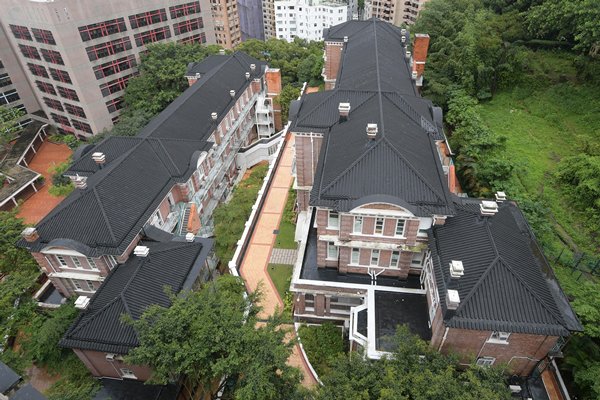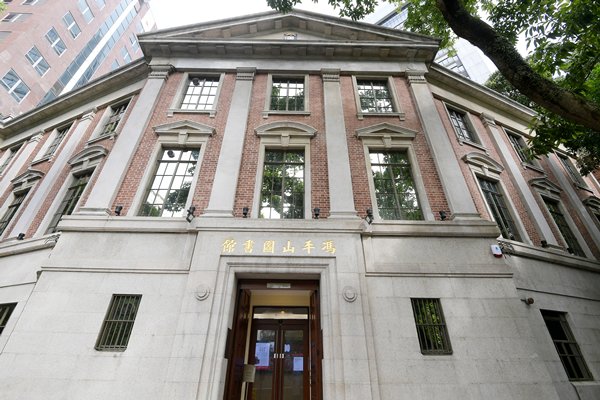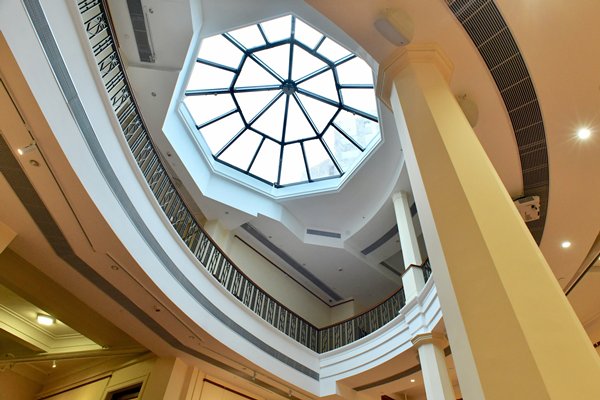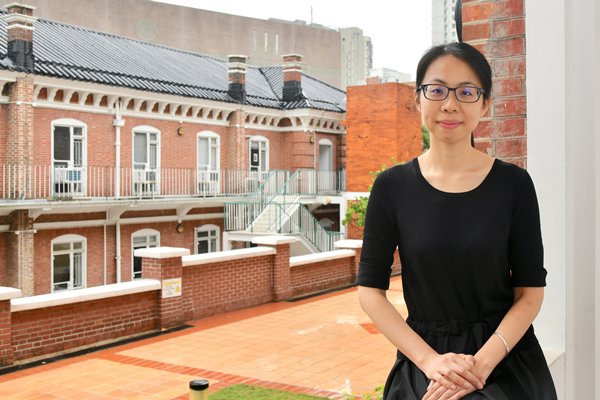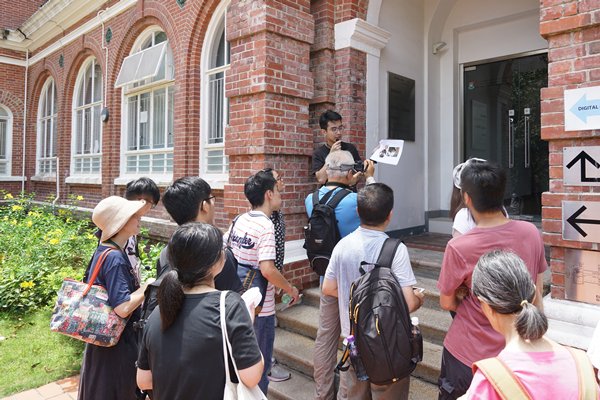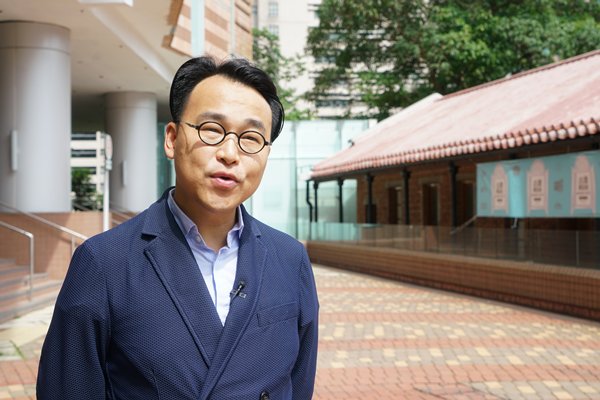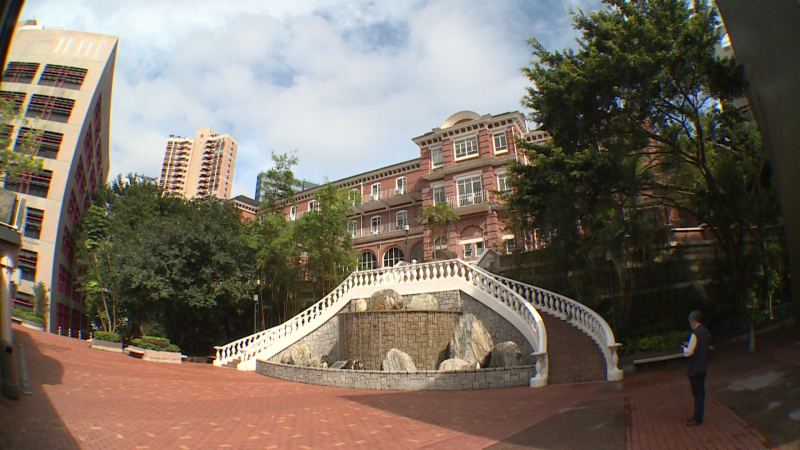Exploring HK’s built heritage
If walls could talk, then Hong Kong’s 120 declared monuments would have a lot of tales to tell. These historic structures receive the highest level of protection under the law so they are prevented from being altered or redeveloped.
The exteriors of Eliot Hall, May Hall and Fung Ping Shan Building at the University of Hong Kong (HKU) are recent additions to the declared monuments list.
Antiquities & Monuments Office Assistant Curator I (Monument Buildings) Fanny Kong explained that the three buildings possess significant heritage value.
She noted that preserving monuments is important as they record Hong Kong’s unique history which is characterised by a fusion of Eastern and Western cultures. They also form an essential part of Hong Kong’s collective memory.
Centennial campus
Eliot Hall was opened in 1914 and named after HKU’s first Vice-Chancellor Sir Charles Eliot, while May Hall was opened next door a year later, and was named after the university’s second Chancellor and 15th Hong Kong Governor Sir Francis Henry May.
Eliot Hall and May Hall were respectively the second and third student resident halls under the direct management of HKU and are now used as administrative offices for the university.
The two buildings are three-storey structures designed by the same local architectural firm and are almost identical in design due to the red brick used as the main building material.
The elegant façades feature a rich variety of architectural elements, including curved pediments over the entrance doorways, rusticated columns and green Chinese-style ceramic grilles, while the pitched and double-tiled Chinese roofs are a local adaption.
Collective memory
During the Second World War, Eliot Hall served as a relief wing to Queen Mary Hospital.
On New Year’s Day 1942, a congregation was held in May Hall to grant wartime degrees to 14 medical students, as the Main Building was seriously damaged during the Japanese invasion and their studies were disrupted by the war.
In June 1966, torrential rain caused a large-scale landslide at the slope next to Eliot Hall and May Hall, which led to the immediate evacuation of the two halls for extensive repairs.
The university took this opportunity to combine Lugard Hall - the first student residential hall under the university’s direct management - with Eliot Hall and May Hall into one large residential unit named the Old Halls which could accommodate around 200 students.
Philanthropic contribution
Another declared monument at the university is Fung Ping Shan Building - originally Fung Ping Shan Library.
It was built in 1931 with a donation from Fung Ping Shan, who was an enthusiastic promoter of Chinese education in Hong Kong. Sadly, Mr Fung passed away before the building was opened in 1932.
It is a three-storey building with a red-brick façade. The ground floor elevation is of smooth grey granite blocks which provide a solid-looking podium to support the floor above. Special architectural elements on the exterior include giant pilasters and pediments, while the atrium features a high-level circular gallery supported on octagonal columns, which is lit by the prominent skylight on the roof.
Fung Ping Shan Library was officially opened to the public in 1934. Before the Second World War it had amassed a collection of some 50,000 books.
As the number of library-users and books continued to grow, the collection was transferred to the university’s new Main Library.
With consent of the Fung family, the old library was converted into the Fung Ping Shan Museum and officially opened in 1964. It was renamed the University Museum & Art Gallery in 1994 and is the oldest continuously operated museum in Hong Kong.
Eye-opening experience
To provide a unique opportunity for the public to discover more about the city's built heritage, the Development Bureau has been hosting the Heritage Fiesta annually since 2011.
During the event, history buffs can visit participating historic buildings by themselves or join guided tours to learn about their histories and architectural styles.
This year’s event features 24 declared monuments and graded historic buildings that were previously, or are still, used as quarters.
HKU has joined the event and organised four guided tours led by its Architectural Conservation Programmes students under the Faculty of Architecture. The walking tour covers several historic buildings including Eliot Hall, May Hall and Run Run Shaw Heritage House.
HKU Division of Architectural Conservation Programmes Programme Director Yu Ka-sing said: “It is very important that people get to know the history of those buildings that are actually related to our upbringing and also the development of Hong Kong as a whole.”
The Heritage Fiesta runs until July 31.
